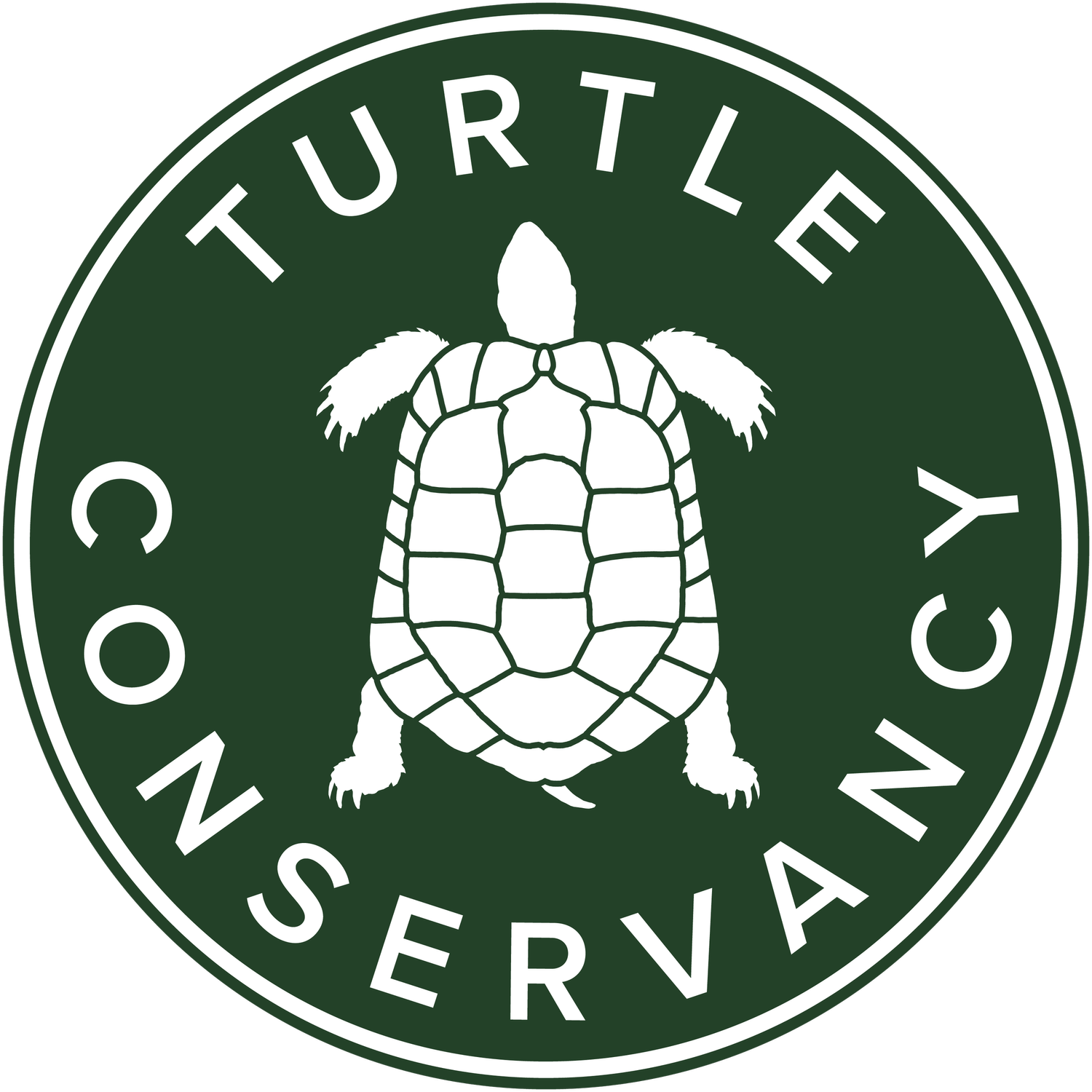Field Program Updates
News from the Front
Recent Hatchlings
This past month saw some unique species hatch at our Conservation Center. Two Oaxaca Wood Turtles, a species from southwestern Mexico, hatched naturally inside of their enclosure. And three Ryukyu Black-breasted Leaf Turtles, a small forest dwelling species found on the southern Japanese Islands of Okinawa, Kumejima and Tokashiki, joined our population of turtles and tortoises living within our temperate greenhouse.
18,850 Acres of Critical Wildlife Habitat Secured in Northern Mexico!
The Turtle Conservancy, HABIO A.C., Global Wildlife Conservation (GWC), and Rainforest Trust partnered on a deal to purchase an 18,850-acre former cattle ranch in Mexico’s Chihuahuan Desert, which will be converted into a desert-grassland wildlife refuge. Endemic lizards, critically-endangered Bolson tortoises, migratory birds, and a variety of resident mammals are among the many species of animals set to benefit from the preservation of this biodiverse landscape, showing again how saving turtles can save the planet.
This habitat bolsters the land the Turtle Conservancy and partners protect for wildlife in the region to 62,439 acres, nearly 4 ½ times the size of Manhattan!
News From the Field
In early May, TC Board Chair Anders Rhodin and TC field programs director Peter Paul van Dijk visited Mexico to evaluate progress in management of the Bolson Tortoise Ecosystem Preserve by the TC’s local affiliate HABIO, A.C. Working with HABIO’s treasurer Judith Rios, progress was made towards full-time management of the Preserve, while we also continue to work towards possible future expansion of strictly protected areas for Bolson Tortoises. Among the highlights were the opportunity provided by our colleague Gamaliel Castañeda to give presentations to a large gathering of students and staff of the Universidad Juárez del Estado de Durango at Gomez Palacio; Anders spoke about the conservation status of tortoises and freshwater turtles world-wide, while Peter Paul spoke about the opportunities and challenges of private protected areas for biodiversity conservation...
Conservation Organizations Gathered to Discuss Enhanced Wildlife Protections in the U.S.-Mexico Border States
On February 21, some 40 wildlife conservation leaders and specialists representing 22 American and Mexican non-governmental organizations, were gathered during the 44th Annual Symposium of the Desert Tortoise Council, in Tucson, Arizona, to celebrate recent successes and to accelerate protection of transboundary wildlife corridors, with a focus on supporting private lands conservation on the U.S.-Mexico borderlands…
Species Highlight
The Coahuilan box turtle (Terrapene coahuila) is a small aquatic species of box turtle which lives in Mexico, specifically in the Cuatro Ciénegas basin of central Coahuila. This species is the most aquatic turtle of the genus Terrapene.
This turtle species inhabits permanent and seasonal ponds and wetlands—a specific and sensitive habitat to which it is dependent. When not foraging, it selects to bury itself in the mud in or near the water bodies where it lives. Nevertheless, it is less aquatic than the sympatric species found in Cuatro Ciénegas; the Cuatro Cienegas Slider (Trachemys taylori) and the Cuatro Cienegas Softshell (Apalone spinifera atra). The high salinity of the water gives a white appearance to the Coahuilan box turtle’s shell when the water dries. The Coahuilan box turtle is mostly omnivorous, mainly feeding on plants and insects.
Unfortunately, this species faces many threats. The primary reason is habitat loss due to human hydrological activities—specifically those linked to the pumping of groundwater and increased diversion by canals. Agriculture and cattle ranching is also being developed in the area which requires a substantial amount of water. These combined activities have caused the shallow pond habitat of the Coahuilan box turtle to dry up significantly. Furthermore, the illegal collection and poaching of this turtle for the pet trade has occurred in the past, indicated by the presence of wild caught animals in private collections. Terrapene coahuila is currently considered as Endangered by the IUCN.
A studbook exists in Europe and in the United States for this species, monitoring births, deaths, parentage lines, individuals acquired from the wild, the location of individuals, and transfers of individuals. Trends in the studbook show that the Coahuilan box turtle is bred quite well in captivity.
The Turtle Conservancy has participated in surveys over the past few years and the threats to the Coahuilan Box Turtle were evident. The situation of this box turtle in the wild must be monitored extensively to ensure its survival. Fortunately, the Mexican government declared 84,347 hectares of the Cuatro Ciénegas as a protected area. However, this will not be enough and further conservation initiatives must be taken in the upcoming next few years to protect the habitat of the turtle.
TC Board Meeting
Bolson Tortoise Preserve Update
In mid-June, a team of researchers from TC and HABIO, TC’s Mexican sister organization, spent nearly a week in Mexico’s Bolson de Mapimí to survey the Critically Endangered Bolson Tortoise. In 2016, HABIO and TC purchased the 43,000-acre San Ignacio Ranch at the heart of Mexico’s Bolson de Mapimí desert plateau; at the time the ranch was understood to be inhabited by a good population of tortoises, but no systematic population survey has ever been carried out…
Thank You Nature and Culture International!
The Mexican Tortoise Project
A Leisurely Journal of Travel and Research. A story from Issue 3 of The Tortoise Magazine.












